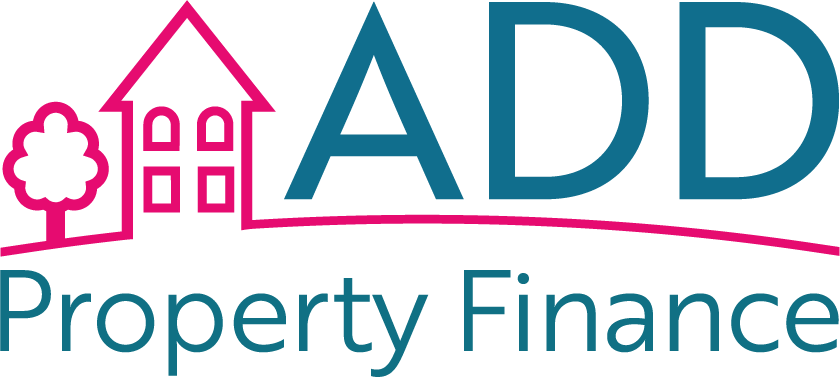Securing development finance is a crucial step for property developers and investors looking to fund their projects. Whether you’re planning a residential development, commercial venture, or mixed-use project, understanding the dos and don’ts of the application process is essential. In this article, we’ll provide valuable insights to help you navigate this critical phase successfully.
Dos:
1. Prepare a Comprehensive Business Plan
Before approaching lenders, create a detailed business plan that outlines your project’s scope, objectives, timelines, and financial projections. A well-structured plan demonstrates your professionalism and commitment to the project.
2. Know Your Numbers
Understand your project’s financials inside and out. This includes accurate cost estimates, revenue projections, and a clear understanding of how the finance will be utilised. Lenders will scrutinise your numbers, so being well-prepared is crucial.
3. Seek Professional Advice
Consider working with financial and legal professionals who specialise in property development. They can help you navigate complex financial structures, assess risk, and ensure compliance with regulations.
4. Choose the Right Lender
Research and select a lender with experience in financing projects similar to yours. Different lenders have varying appetites for risk and may offer different terms and interest rates. Find the best fit for your needs.
5. Prepare Documentation
Gather all required documentation meticulously. This typically includes architectural plans, project timelines, financial statements, and details of your team’s experience. Having a well-organised package can expedite the approval process.
6. Showcase Your Expertise
Emphasise your experience and successful track record in property development. Lenders want to know that you have the knowledge and skills to manage the project effectively.
Don’ts:
1. Rush the Application
Avoid rushing through the application process. Take the time to prepare a comprehensive and accurate submission. An incomplete or hastily prepared application can lead to delays or rejection.
2. Overlook Due Diligence
Thoroughly research and vet your project’s feasibility, market demand, and potential challenges. Failing to identify risks can raise concerns for lenders.
3. Underestimate Costs
Be realistic about project costs. Underestimating expenses can lead to budget shortfalls and hinder the project’s progress.
4. Neglect Compliance
Ensure that your project complies with local planning and building regulations. Non-compliance can result in delays and additional costs.
5. Ignore Exit Strategies
Have clear exit strategies in place to repay the development finance. Lenders want assurance that you’ve thought about how the loan will be settled.
6. Disregard Market Conditions
Stay informed about market conditions and trends. Ignoring market fluctuations can impact the viability of your project.
7. Miss Timelines
Meet all deadlines provided by the lender. Delays or missed milestones can erode trust and affect your financing.
8. Overextend Financially
Borrow within your means and avoid taking on too much debt. Overleveraging can increase the project’s risk.
In conclusion, the development finance application process demands thorough preparation, professionalism, and attention to detail. By following these dos and avoiding the don’ts, you can enhance your chances of securing the financing needed to turn your property development vision into a successful reality. Collaborating with experienced professionals and choosing the right lender can further strengthen your position in this competitive arena.







